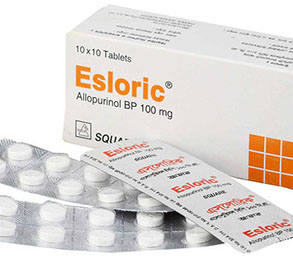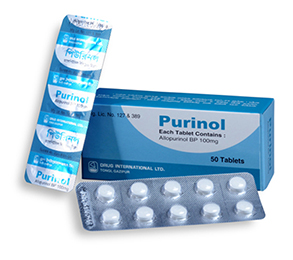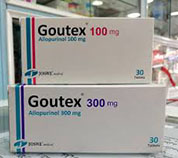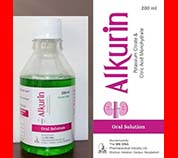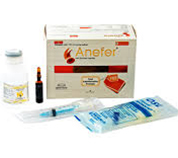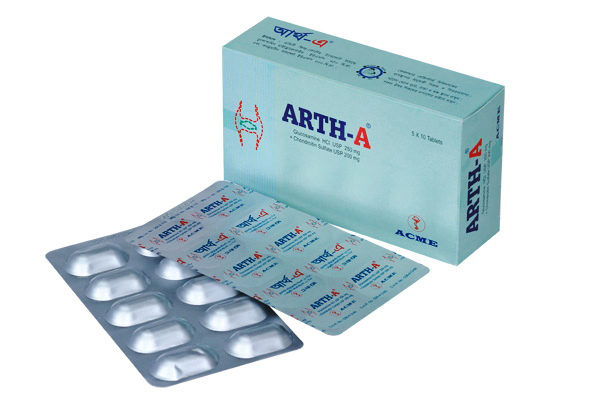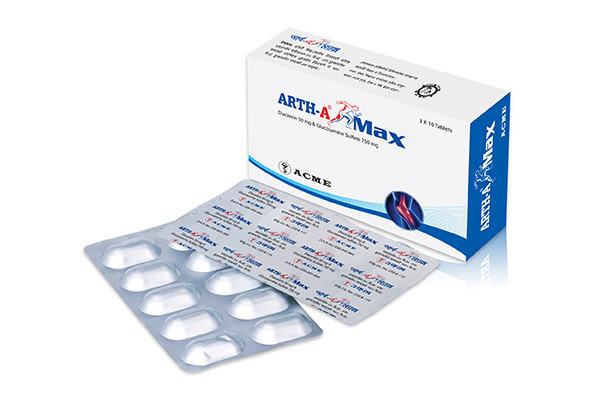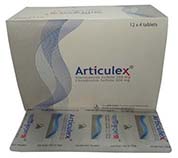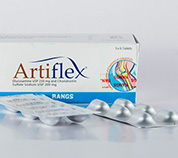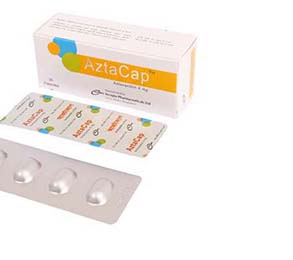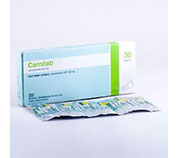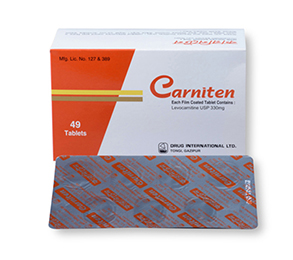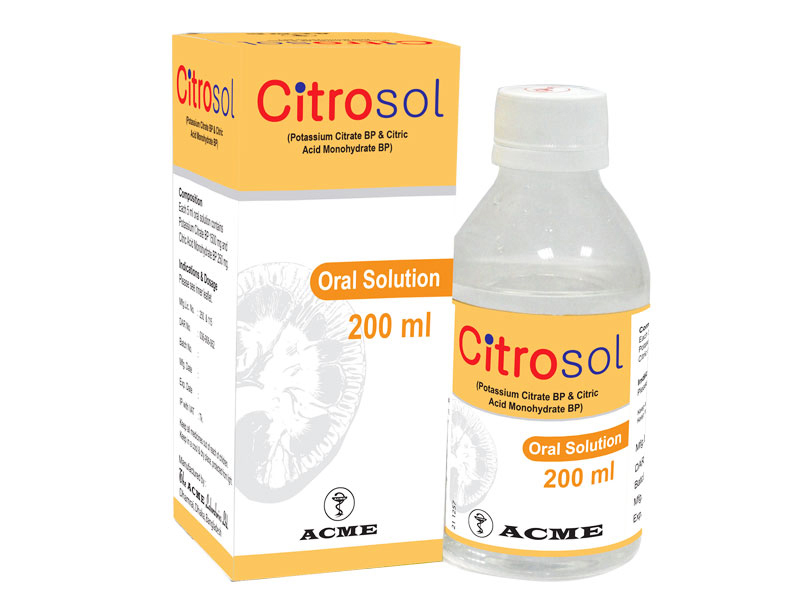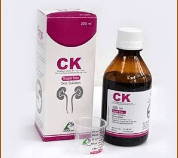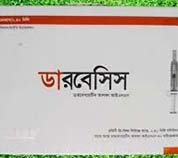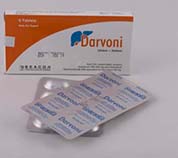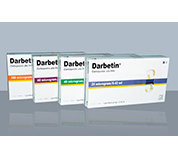Mircera Injection 75 µg/0.3 ml 1 Pcs
Alternative products
Epoetin Beta [Methoxy Polyethyelene Glycol]
Indications
This is indicated for the treatment of anemia associated with chronic kidney disease (CKD) including patients on dialysis and patients not on dialysis.
Pharmacology
Methoxy polyethylene glycol-epoetin beta is a chemically synthesized continuous erythropoietin receptor activator. Methoxy polyethylene glycol-epoetin beta differs from erythropoietin through integration of an amide bond between either the N-terminal amino group or the ε amino group of lysine, predominantly Lys52 and Lys45 and methoxy polyethylene glycol butanoic acid. This results in a molecular weight of approximately 60,000 daltons for methoxy polyethylene glycol-epoetin beta with the PEG-moiety having an approximate molecular weight of 30,000 daltons.
In contrast with erythropoietin, methoxy polyethylene glycol-epoetin beta shows a different activity at the receptor level characterized by a slower association to and faster dissociation from the receptor, a reduced specific activity in vitro with an increased activity in vivo, as well as an increased half-life. These differential pharmacological properties are relevant in order to achieve a once monthly dosing regimen with methoxy polyethylene glycol-epoetin beta in patients.
Methoxy polyethylene glycol-epoetin beta stimulates erythropoiesis by interaction with the erythropoietin receptor on progenitor cells in the bone marrow. As primary growth factor for erythroid development, the natural hormone erythropoietin is produced in the kidney and released into the bloodstream in response to hypoxia. In responding to hypoxia, the natural hormone erythropoietin interacts with erythroid progenitor cells to increase red cell production.
Dosage & Administration
This preparation is administered less frequently than other erythropoiesis stimulating agents (ESAs) due to the longer elimination half-life. Treatment with this preparation has to be initiated under the supervision of a healthcare professional.
Treatment of anemic patients with chronic kidney disease:
- The solution can be administered subcutaneously (s.c.) or intravenously (i.v.), according to clinical preference.
- This preparation can be injected subcutaneously in the abdomen, arm or thigh. All three injection sites are equally suitable for subcutaneous injection with this preparation.
- It is recommended that hemoglobin is monitored every two weeks until stabilized, and periodically thereafter.
Patients currently not treated with an Erythropoiesis Stimulating Agent:
- Patients not on dialysis- In order to increase the haemoglobin to greater than 11 g/dl (6.83 mmol/L), the recommended starting dose is 1.2 microgram/kg body weight administered once every month as a single subcutaneous injection. Alternatively, a starting dose of 0.6 microgram/kg body weight may be administered once every two weeks as a single IV or SC injection.
- Patients on dialysis- In order to increase the haemoglobin to greater than 11 g/dl (6.83 mmol/L), the recommended starting dose of 0.6 microgram/kg body weight may be administered once every two weeks as a single IV or SC injection.
- The dose of this preparation may be increased by approximately 25 to 50% of the previous dose if the rate of rise in hemoglobin is less than 1.0 g/dl (0.621mmol/l) over a month. Further increases of approximately 25 to 50% may be made at monthly intervals until the individual target hemoglobin level is obtained.
- If the rate of rise in hemoglobin is greater than 2 g/dl (1.24 mmol/l) in one month, the dose is to be reduced by approximately 25 to 50%. If the hemoglobin level exceeds 13 g/dl (8.07 mmol/l), therapy is to be interrupted until the hemoglobin level falls below 13 g/dl and then restarted with approximately 50% of the previously administered dose. For regions where the upper limit of hemoglobin level has been set at 12 g/dl, dose adjustments of 25% should be considered. After dose interruption a hemoglobin decrease of approximately 0.35 g/dl per week is expected.
- Patients treated once every two weeks whose haemoglobin concentration is above 11 g/dl (6.83 mmol/l) may receive this preparation administered once monthly using the dose equally to twice the previous once every two weeks dose. Dose adjustments should not be made more often than once a month.
Patients currently treated with an Erythropoiesis Stimulating Agent: Patients currently treated with an ESA can be converted to This preparation administered once a month or, if desired, once every two weeks as a single i.v. or s.c. injection. The starting dose of This preparation is based on the calculated previously given weekly dose of darbepoetin alfa or epoetin at the time of substitution as described in Tables 1 and 2 below. The first injection of This preparation should be administered at the next scheduled dose of the previously administered darbepoetin alfa or epoetin.
* চিকিৎসকের পরামর্শ মোতাবেক ঔষধ সেবন করুন'
Interaction
No interaction studies have been performed. The clinical results do not indicate any interaction of Methoxy Polyethylene Glycol Epoetin Beta with other medicinal products. The effect of other drugs on the pharmacokinetics and pharmacodynamics of Methoxy Polyethylene Glycol Epoetin Beta was explored using a population analysis approach. There was no indication of an effect of concomitant medications on the pharmacokinetics and pharmacodynamics of Methoxy Polyethylene Glycol Epoetin Beta.
Contraindications
Methoxy Polyethylene Glycol Epoetin Beta is contraindicated in patients with:
- Uncontrolled hypertension.
- Known hypersensitivity to the active substance or any of the excipients.
Side Effects
Adverse reactions are Hypertension, Vascular access thrombosis, Headache, Hypersensitivity, Hypertensive encephalopathy, Rash (maculo-papular, serious).
Pregnancy & Lactation
Pregnancy: There are no adequate data on the use of this preparation in pregnant women. Animal studies do not indicate direct or indirect harmful effects with respect to pregnancy, embryonal/fetal development, parturition or postnatal development. Caution should be exercised when prescribing this preparation to pregnant women.
Nursing Mothers: It is unknown whether methoxy polyethylene glycol-epoetin beta is excreted in human breast milk. One animal study has shown excretion of methoxy polyethylene glycol-epoetin beta in maternal milk. A decision on whether to continue or discontinue breast-feeding or to continue or discontinue therapy with this preparation should be made taking into account the benefit of breast-feeding to the child and the benefit of this therapy to the woman.
Precautions & Warnings
Supplementary iron therapy is recommended for all patients with serum ferritin values below 100 µg/l or whose transferrin saturation is below 20%. To ensure effective erythropoiesis, iron status should be evaluated for all patients prior to and during treatment.
Lack of effect: The most common reasons for incomplete response to ESAs are iron deficiency and inflammatory disorders. The following conditions may also compromise the effectiveness of ESAs therapy: chronic blood loss, bone marrow fibrosis, severe aluminium overload due to treatment of renal failure, folic acid or vitamin B12 deficiencies, and hemolysis. If all the conditions mentioned are excluded and the patient has a sudden drop of hemoglobin associated with reticulocytopenia and anti erythropoietin antibodies, examination of the bone marrow for the diagnosis of Pure Red Cell Aplasia (PRCA) should be considered. If PRCA is diagnosed, therapy with MIRCERA must be discontinued and patients should not be switched to another ESA.
PRCA: PRCA caused by anti-erythropoietin antibodies has been reported in association with ESAs including MIRCERA. These antibodies have been shown to cross-react with all ESAs, and patients suspected or confirmed to have antibodies to erythropoietin should not be switched to MIRCERA.
Blood pressure monitoring: As with other ESAs, blood pressure may rise during treatment of anemia with MIRCERA. Blood pressure should be adequately controlled before, at initiation of and during treatment with MIRCERA. If high blood pressure is difficult to control by drug treatment or dietary measures, the dose of MIRCERA must be reduced or withheld.
Use in Special Populations
Pediatric use: Methoxy Polyethylene Glycol Epoetin Beta is not recommended for use in patients aged less than 18 years due to a lack of data on safety and efficacy.
Elderly: no adjustment of the starting dose is required in patients aged 65 years or older.
Hepatic Impairment: no adjustments of the starting dose nor dose modification rules are required in patients with any degree of hepatic impairment.
Overdose Effects
The therapeutic range of Methoxy Polyethylene Glycol Epoetin Beta is wide and individual response to therapy must be considered when Methoxy Polyethylene Glycol Epoetin Beta treatment is initiated. Overdose can result in manifestations of an exaggerated pharmacodynamic effect, e.g. excessive erythropoiesis. In case of excessive hemoglobin levels, Methoxy Polyethylene Glycol Epoetin Beta should be temporarily withheld. If clinically indicated, phlebotomy may be performed.
Therapeutic Class
Drugs for Haemolytic Hypoplastic & Renal Anemia
Storage Conditions
This medicine should not be used after the expiry date (EXP) shown on the pack. Store in the refrigerator at 2°C to 8°C. Keep the pre-filled syringe in the outer carton in order to protect from light. Do not freeze. The patient may remove the product from refrigeration for storage at room temperature (not above 30°C) for one single period of 1 month. Once removed from the refrigerator the product must be used within this period.
- Type Injection
- Tag
- Morbi leo risus
- Porta ac consectetur ac
- Vestibulum at eros



